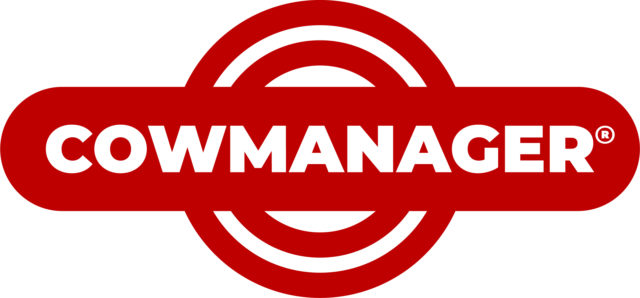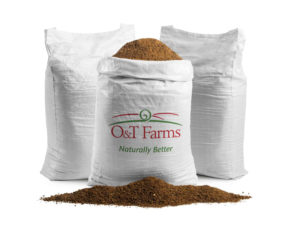Contracts exist in many aspects of our everyday lives. They form the backbone of basic business transactions and play an essential role in establishing clear expectations and protecting the rights and interests of those involved. By clearly defining the rights, responsibilities and obligations of each party, contracts help avoid misunderstandings and disputes.
A contract is a promise between two or more parties that is legally binding, meaning that there is a legal obligation to keep the promise. The promises that the parties make are called the terms of the contract, and they describe each party’s rights (i.e., what a party is entitled to from the other party) and obligations (i.e., what a party is required to do).
While all contracts are agreements, not all agreements are contracts. In order for an agreement to be considered a legally binding contract, some essential elements must be present. First and foremost, there must be an offer, an acceptance of that offer and an exchange of consideration (i.e., a quid pro quo). Next, since mutuality lies at the root of any legally enforceable agreement, a contract also requires a “meeting of the minds” of the parties on all essential matters relating to it (i.e., there must be an intention to contract). Additionally, for a contract to be enforceable by a court, the terms of the contract must be clear.
Many farming arrangements rest on handshake deals, wherein two people essentially trust in one another’s word. When stakes are fairly low and flexibility is paramount, unwritten handshake deals can be a helpful tool. However, when farmers are investing money, time and other resources of considerable value in a farm operation, reliance on a handshake can sometimes prove to be a costly error.
Handshake agreements often lead to uncertainty and misunderstanding. For example, the individuals may simply forget the terms of their commitment. Truly, many people have trouble remembering what they had for breakfast – let alone the terms of a verbal agreement made years prior. It is also possible that two farmers might walk away from a handshake deal with entirely different views about the agreement they have reached. Since it is impossible to go back and look at an informal verbal agreement, neither party can be entirely sure about the terms of their original agreement. Additionally, farmers who use an informal verbal agreement miss out on the opportunity to iron out any potential issues before they arise.
Written contracts provide clarity and certainty by outlining the terms and conditions of the agreement. With a written contract, all parties have a clear understanding of what is expected from them, reducing the likelihood of disagreements and legal disputes.
Crafting a contract in the farming industry warrants important considerations for each specific scenario. Consider the following examples of some important considerations to be had, depending on the type of agreement.
Farmer-to-farmer contracts
Farmland lease agreements
- Should identify the division of responsibility for tile drainage, erosion control, alterations, etc.
- Should identify the consequences of early termination (i.e., when crops are in the ground)
- Should consider whether the tenant farmer should be reimbursed for alterations or improvements made by them
Crop sharing agreements
- Should identify the proportional share of inputs (i.e., land, labour, materials, inputs, etc.) and the share of income/outputs
- Should identify the consequences of early termination, since this could potentially defeat the whole purpose of the arrangement
Contract feed production agreements
- Should identify the consequences when minimum targets are not met
- Should consider the methodology for measuring quality (i.e., moisture levels, etc.)
- Should consider whether prices should be variable, as market factors may result in cheaper feed elsewhere
Pasture lease agreements versus grazing licence agreements
- Parties should be aware of the difference between these agreements and should understand why the distinction is important to consider.
- A true grazing agreement should not give the right to occupy the lands but rather to “take a crop of grass”; whereas, a pasture lease agreement provides the tenant with the right to occupy the lands and the legislative and common-law protections afforded to a tenant.
- Should identify the maximum allowable animal units and define an “animal unit” (usually based on average weight)
- Should include a prohibition against nuisance animals or a method to address such issues
- The parties should consider whether rental rates should be contingent upon animal type, age, weight, etc.
Cow-calf lease agreements
- Should address the sharing of expenses and the sharing of production risk and/or market risks
- Should identify the standard of care for cattle (i.e., herd health plan, veterinary services, etc.)
- Should establish the degree of involvement of the owner
- The parties should consider whether access to livestock and/or performance records should be made available to the owner.
- Should set forth the terms for culling
Supplier-to-farm contracts
Genetics purchase agreements
- These arrangements may be conducted by way of purchase order, whereupon a set of terms and conditions on the supplier’s website govern the terms of sale. Purchasers should know and understand the terms.
- A supplier’s standard terms and conditions of sale may contain significant limitations of liability, and certain obligations of the purchaser, if breached, could absolve the supplier from responsibility. Again, purchasers should know and understand the terms.
Bull breeding services agreements
- Should address the consequences of death or disease
- Purchasers may require a particular quality of genetics, and, if so, evidence of the same should be required in the agreement, with a corollary audit right available to the purchaser.
Other forms of contracts
Farming joint-venture arrangements
- Example: A cash cropper agrees with a farmer to build a livestock barn on the cash cropper’s property, whereby nutrients obtained from the livestock are used in the cash crop operation.
- Parties should be aware that a joint venture must be a temporary arrangement (limited to a specific time period).
- A joint venture agreement should address the limits to each party’s liability.
Farm partnership agreements
- May provide for an unequal income allocation, within reason (i.e., between spouses)
- May provide for tax-deferred succession planning
- It is important for parties to be aware that, as a general rule, partners are jointly and severally liable for the actions of their partners when made in the context of the “business of the partnership.”
Shareholder agreements
- These agreements are relevant for farm corporations.
- Should establish the ground rules for governance
- Should address each shareholder’s “exit plan” in the event of death, disability, default, disagreement, etc.
For the reasons given above, and in view of the referenced elements in the aforementioned contract scenarios, it becomes apparent that written agreements are preferable given the complexities that are not always considered in the context of a verbal arrangement.
As previously mentioned, the process of engaging in contract negotiation at the outset is crucial; it allows the parties to consider various risks, negotiate how those risks will be mitigated, determine how responsibility will be allocated, consider what the consequences of failure to “sticking to the bargain” might be and how disputes may be resolved if they materialize.
Once the contract has been fully negotiated and signed, then perhaps it should be placed in a drawer and (somewhat) ignored while the respective parties simply work together to carry out the objective of the contract. Ideally, following this thoughtful process, and once the parties have agreed upon their respective rights and obligations, they will have no further need to refer to the written contract itself. The terms of the arrangement will be imprinted upon their minds, and a relationship of trust and respect for the terms may be more likely than if such a process were not engaged in. In any event, the parties will have the written contract available to them, in the drawer, if they need to refer to it.
This article is provided for informational purposes only. Readers should consult their own professional advisers for specific advice tailored to their needs. Information contained in this article may be subject to change without notice.










